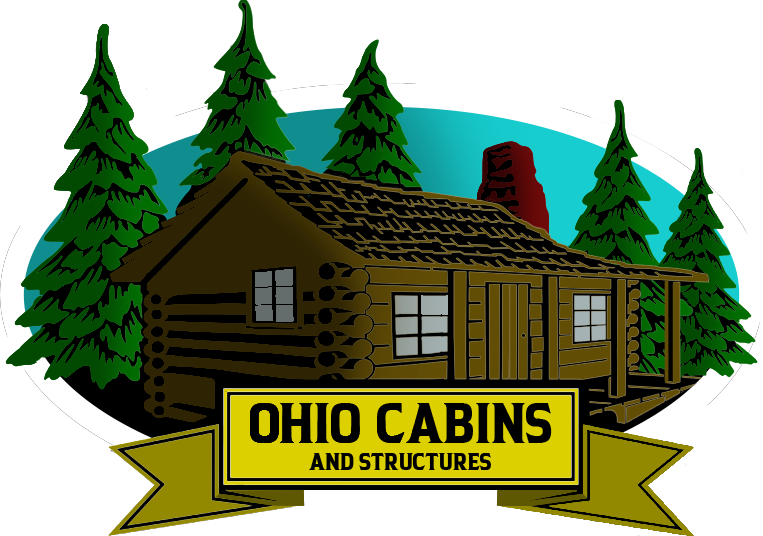The tiny home trend has captured the imagination of homeowners across America. With rising housing prices and growing interest in sustainability, many people are exploring compact living as a practical and affordable alternative. But before starting your build, one question stands above the rest: how much do tiny homes cost to build? The answer depends on design choices, materials, and whether you’re building it yourself or hiring professionals. Understanding these costs helps you budget wisely and make your dream home both affordable and functional.
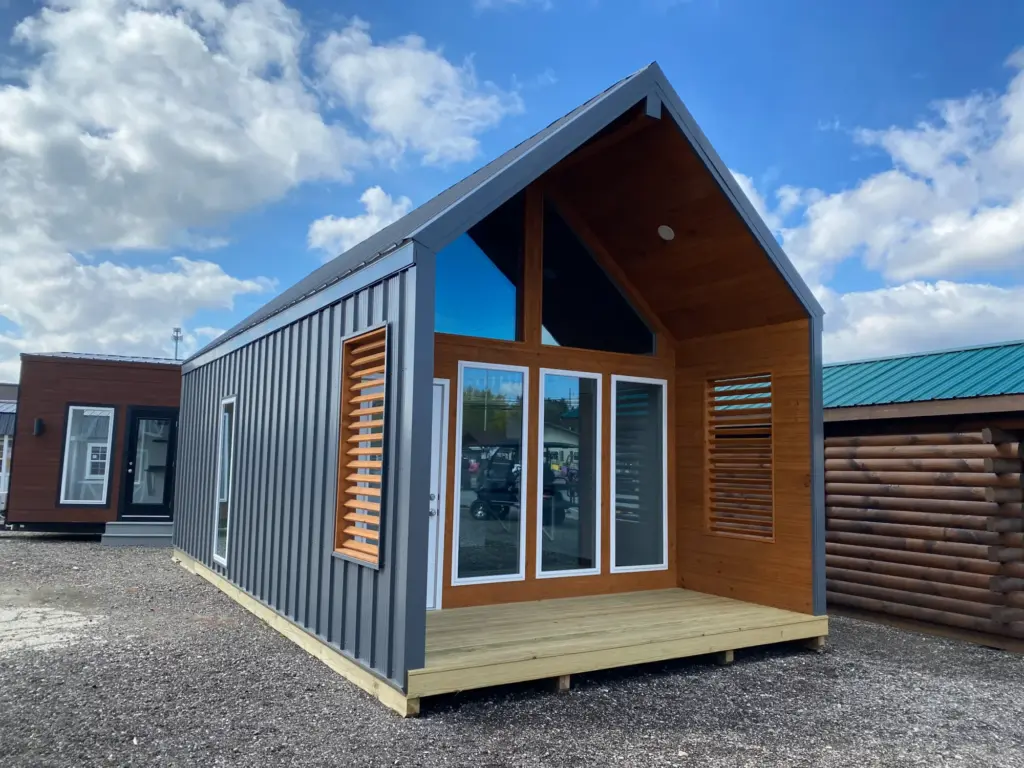
Average Cost to Build a Tiny Home
On average, building a tiny home costs between $30,000 and $80,000. Homes on the smaller, simpler side may cost less than $30,000 when built by hand. Professionally built models with high-end finishes and custom layouts can exceed $100,000. While this range seems wide, it reflects how much flexibility tiny homes offer. Choices like off-grid systems, custom cabinetry, or luxury finishes all affect total cost. Still, even at the higher end, tiny homes remain more affordable than traditional houses, which often start above $250,000.
DIY vs. Professional Construction
Building your tiny home yourself can dramatically reduce expenses. DIY builders often spend between $20,000 and $45,000, depending on materials and tools. The biggest savings come from labor, which usually accounts for 30%–50% of total cost in professional builds. However, DIY construction requires time, skill, and patience. Mistakes can lead to extra costs later. Professional builders, on the other hand, deliver speed and precision. They also handle permits, structural design, and safety codes, tasks that can be challenging for first-time builders.
Cost of Materials
Materials represent the largest portion of your budget. The type of materials you choose directly impacts the final price and long-term maintenance. For example, wood framing is affordable and easy to work with, while steel framing adds durability at a higher cost. Windows, insulation, and siding also vary in price based on quality and energy efficiency. Sustainable materials like reclaimed wood or recycled metal can increase upfront expenses but lower long-term energy costs. Balancing durability and affordability ensures your investment pays off for years to come.
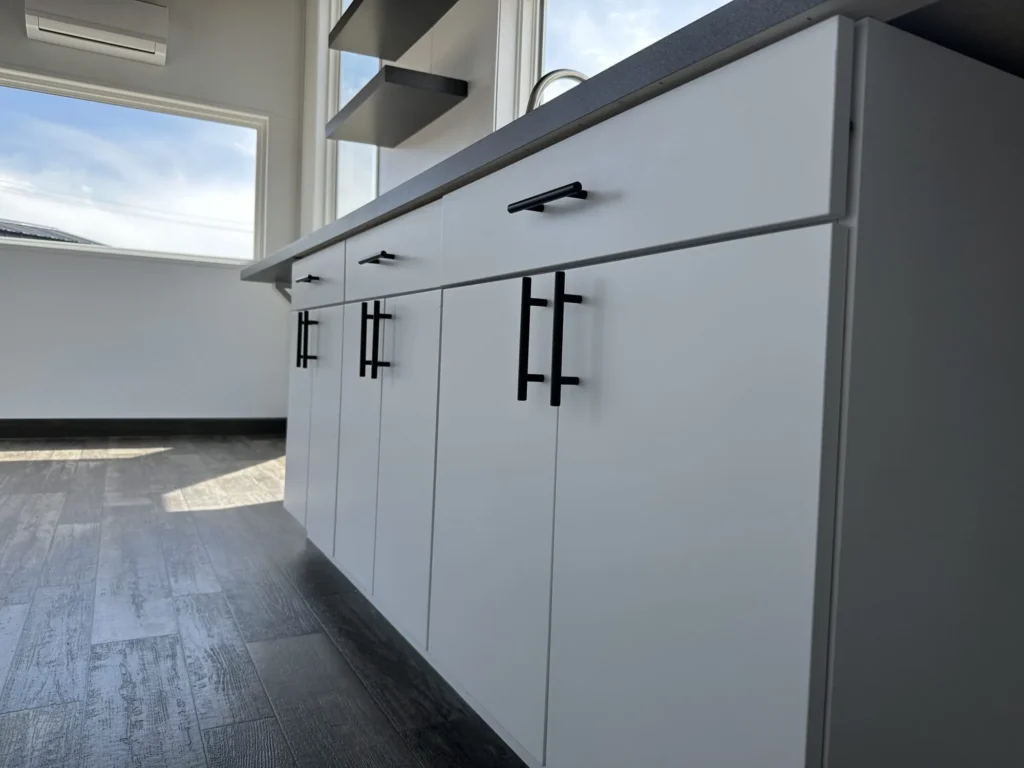
Land and Foundation Costs
Land cost depends heavily on location. In rural areas, you might find an acre for $10,000–$30,000, while urban or coastal land may cost far more. Once you secure property, you must prepare it for building. Clearing land, leveling the site, and installing utilities often add another $5,000–$15,000. For foundation-built tiny homes, expect to spend an additional $4,000–$8,000 for a concrete slab or pier foundation. If your home is on wheels, you can skip this step but will need to invest in a quality trailer chassis, typically costing around $4,000–$7,000.
Interior Finishes and Features
Interior design makes a big difference in total cost. Simpler finishes such as plywood walls, basic fixtures, and laminate flooring keep prices low. Adding premium materials like hardwood floors, quartz countertops, and custom storage will increase the budget. Plumbing and electrical systems can add $3,000–$8,000, depending on whether you connect to public utilities or install off-grid systems. Appliances such as compact refrigerators, combination washer-dryers, and energy-efficient lighting also add up. Keeping the design practical and functional helps control costs without sacrificing comfort.
Utilities and Off-Grid Options
Many tiny home owners aim for energy independence by including solar panels, composting toilets, and rainwater systems. While these features save money over time, they require an upfront investment. Installing a small solar setup may cost between $5,000 and $12,000. A composting toilet system ranges from $800 to $3,000. If your home remains off-grid, you may also need battery storage and water filtration, which add several thousand dollars more. For some, these expenses are worth it for the long-term freedom and sustainability they provide.
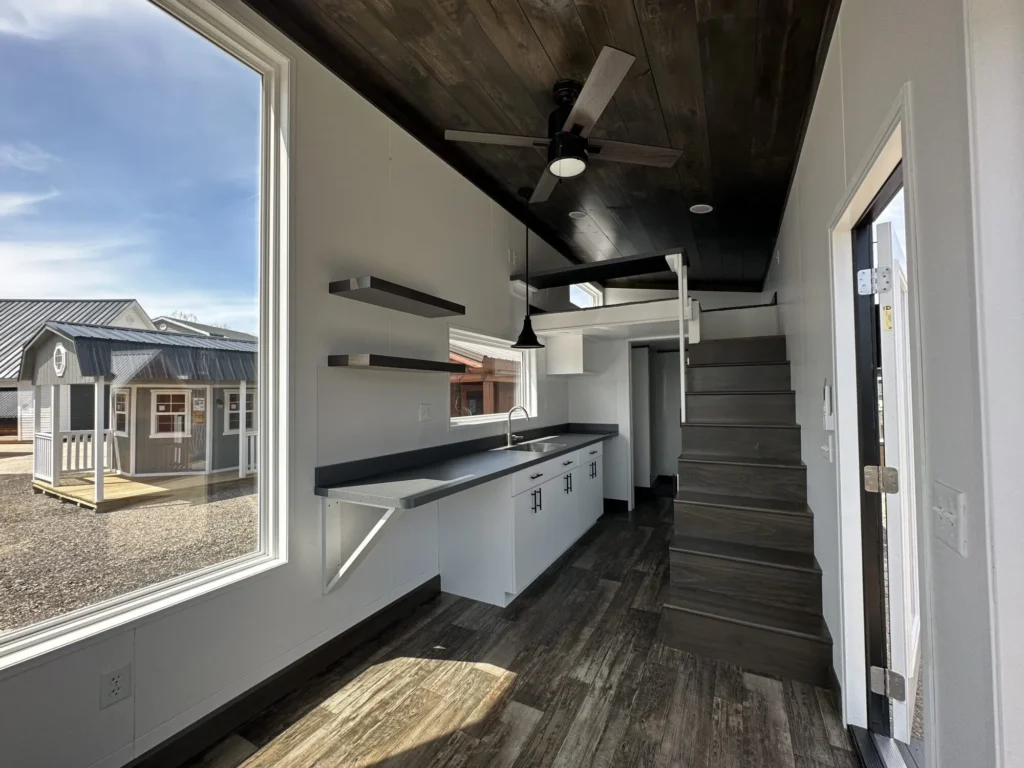
Design and Customization Costs
Customization is one of the biggest advantages of tiny home living. However, each modification adds cost. Custom layouts, specialty woodwork, and unique architectural details increase both material and labor expenses. Hiring an architect or designer to draft a plan typically costs $1,000–$5,000, depending on complexity. Pre-designed models are more affordable and can be adapted to personal preferences. Keeping your design simple allows for cost savings that can be redirected toward upgrades like better insulation or high-efficiency heating systems.
Permits and Legal Fees
Local building codes play a huge role in final expenses. Permits for plumbing, electrical, and zoning compliance may total $1,000–$3,000. Some counties classify tiny homes as recreational vehicles, while others treat them like standard houses. This difference affects taxes, insurance, and long-term living arrangements. Understanding regulations before starting your build prevents costly delays. You can read more about these legal considerations in our article on are tiny homes worth it, which explores both costs and long-term benefits.
Hidden or Overlooked Costs
Even with careful planning, small expenses can add up. Delivery fees for materials, unexpected design changes, and special permits for road transport often increase total spending. Insurance, taxes, and maintenance should also be included in your financial plan. While the idea of a $25,000 home is appealing, most realistic builds fall between $40,000 and $70,000 once everything is accounted for. Setting aside a contingency fund of at least 10% of your total budget helps cover these surprises without derailing your project.
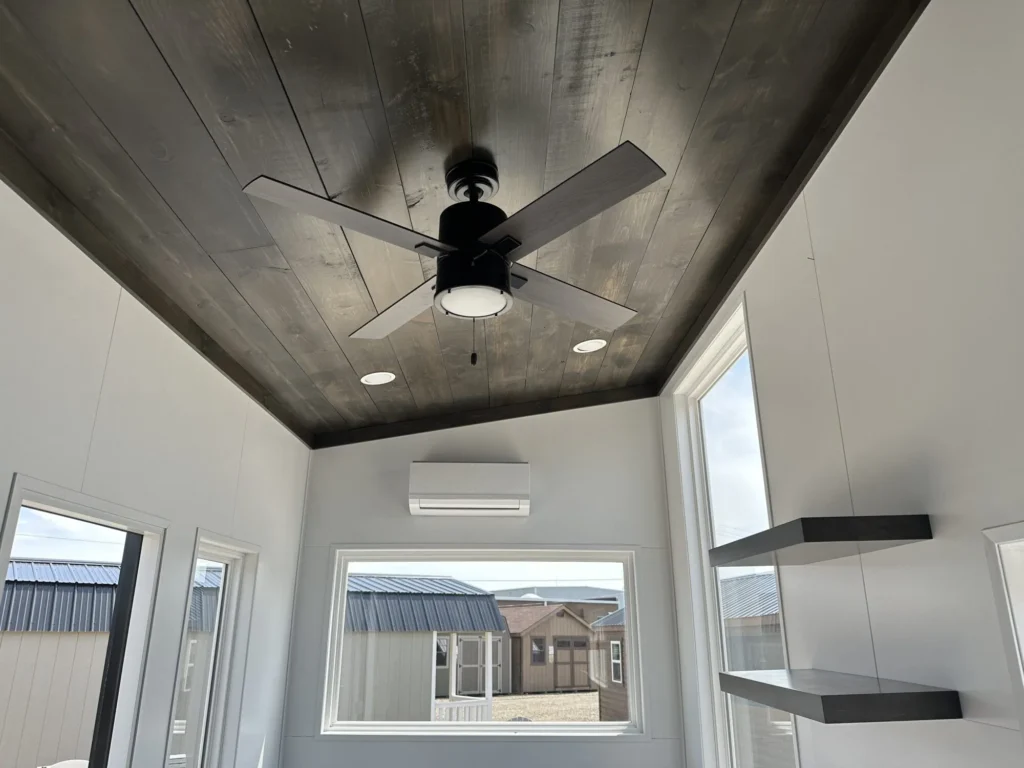
Cost Comparison to Traditional Homes
Compared to conventional houses, tiny homes are much more affordable. According to the U.S. Department of Energy, smaller homes use less energy and cost less to heat and cool. Maintenance costs are also lower, with fewer surfaces and systems to repair. Even if you spend $80,000 on a high-end tiny home, you’ll still pay a fraction of what a standard home costs. Additionally, smaller mortgages and lower property taxes allow owners to achieve financial freedom faster. The overall savings make tiny homes an attractive choice for anyone looking to downsize responsibly.
Why Tiny Homes Are a Smart Investment
Beyond initial savings, tiny homes can be profitable. Many owners use them as rental properties or vacation homes. With the rise of short-term rental platforms, a well-located tiny home can generate strong income. The smaller size also means lower maintenance, freeing up time and money for other priorities. Whether you plan to live in your tiny home or use it as an investment, careful budgeting ensures that every dollar contributes to long-term value.
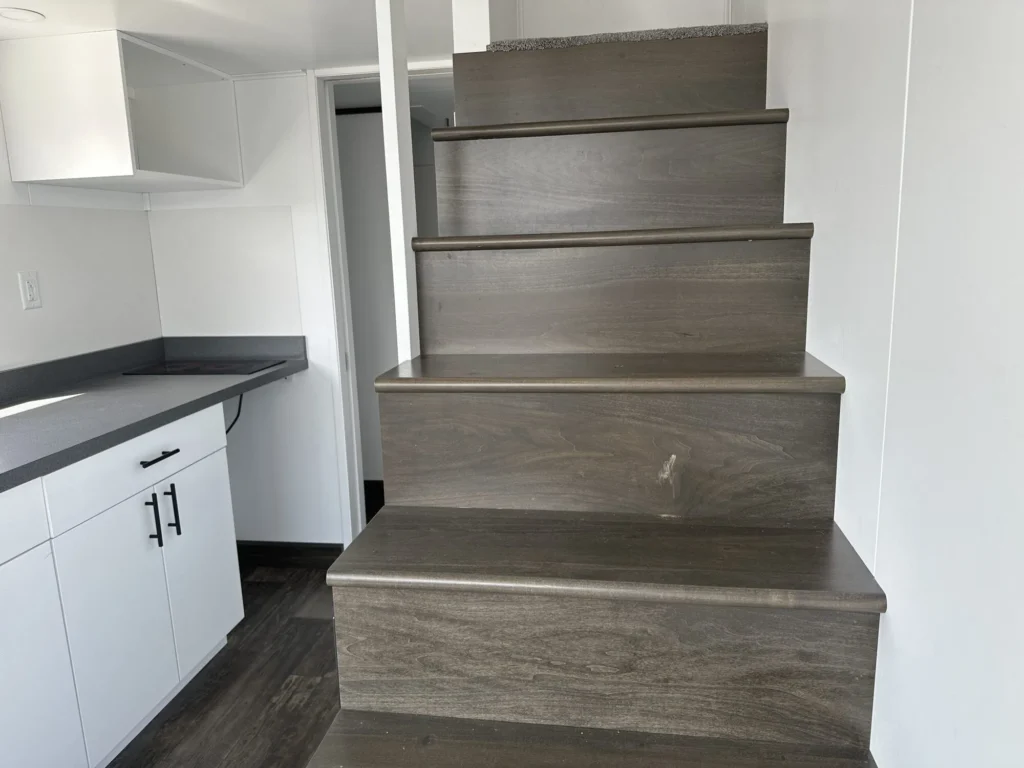
Conclusion
So, how much do tiny homes cost to build? The average ranges between $30,000 and $80,000, depending on materials, size, and features. DIY builds can save thousands, but professional construction ensures quality and compliance. Balancing affordability with comfort is the key to success. Tiny homes prove that living well doesn’t require a massive budget, just smart design and thoughtful planning. By understanding costs early, you can create a home that reflects both your lifestyle and your financial goals.
To explore affordable and customizable home options, visit Ohio Cabins and Structures. If you’re ready to plan your build or request a quote, reach out through our contact page and connect with our experts today.
